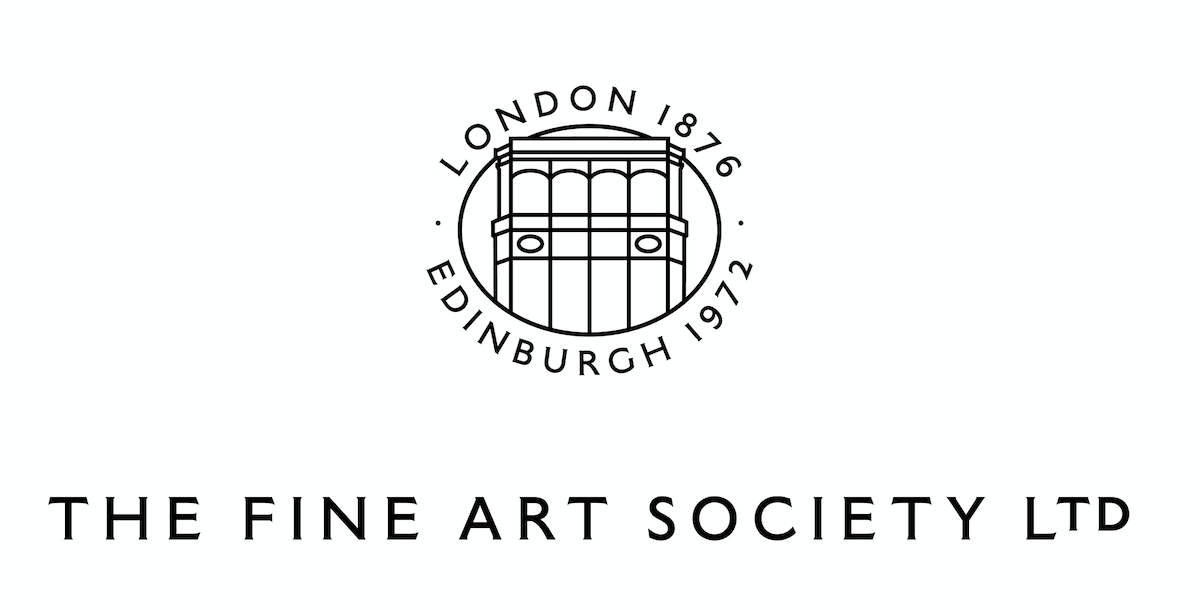William De Morgan 1839-1917
De Morgan perfected his ‘Persian-style’ pottery which is now amongst the most successful and easily recognisable products of the British Arts and Crafts Movement. De Morgan imbued his designs with humour and originality mixing inspiration for imagery from Romanesque, Medieval and Italian Renaissance fantastical beasts, Hispanic ships, Persian motifs and floral designs reminiscent of his colleague and contemporaries.
Whilst studying at the Royal Academy de Morgan met William Morris and his circle and began experimenting with stained glass and pottery, later establishing a pottery works in Chelsea. He avidly explored the techniques of his craft, studying methods of pattern transfer, firing, and the chemistry of glazes. His passion for ‘Oriental’ design, particularly from the Islamic world, led him to rediscover the technique for producing iridescent lustre ware between 1873 and 1874.
The influence of Middle Eastern art on British design in the late nineteenth century was considerable. Owen Jones’s Alhambra (1836–45) and Grammar of Ornament (1856) helped spread the understanding of Persian and eastern design principles and motifs. Manufacturers such as Minton & Co. and Theodore Deck, in France, took up the style.
Commissions included the installation and restoration of Turkish, Persian and Syrian tiles for the Arab Hall of Lord Leighton’s house in Holland Park, and tile decorations for twelve P&O liners. Although admired by the avant-garde, in his lifetime de Morgan’s innovative ceramics did not generate a substantial income, and in later life he became a best selling novelist.
We are actively seeking consignments of work by William de Morgan. Please contact us with details or to enquire after available works by this artist.



